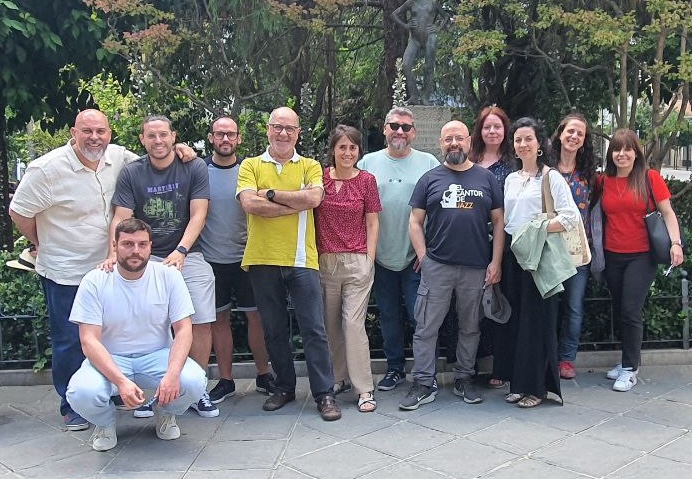
Jornadas de trabajo en Conecta13
El pasado día 20 de junio, como cada año cerca del final del curso académico, nos hemos reunido todo el equipo de Conecta13 en nuestra

El pasado día 20 de junio, como cada año cerca del final del curso académico, nos hemos reunido todo el equipo de Conecta13 en nuestra

En 2018 iniciamos nuestra colaboración con Diputación de Jaén, en concreto con la Unidad de Formación que dirige Mariano Linares. Por aquel entonces recibimos el

¡Buenas noticias! Sigue en marcha la tercera edición del concurso redeSTEAM, una iniciativa del Ministerio de Educación y Formación Profesional, impulsada por Redeia bajo la
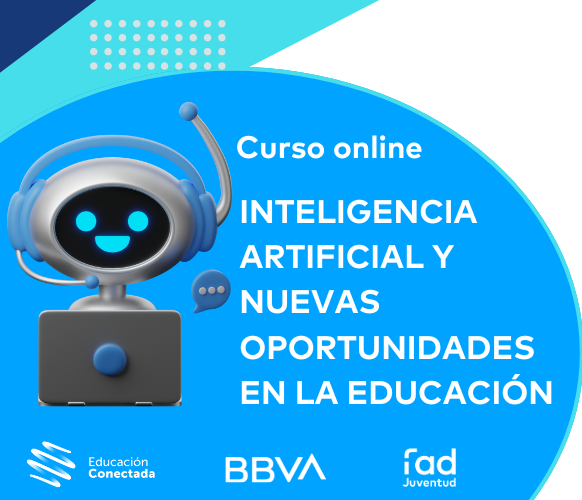
El próximo 14 de mayo arranca una nueva experiencia formativa en línea que pone el foco en la Inteligencia Artificial y su aplicación en el
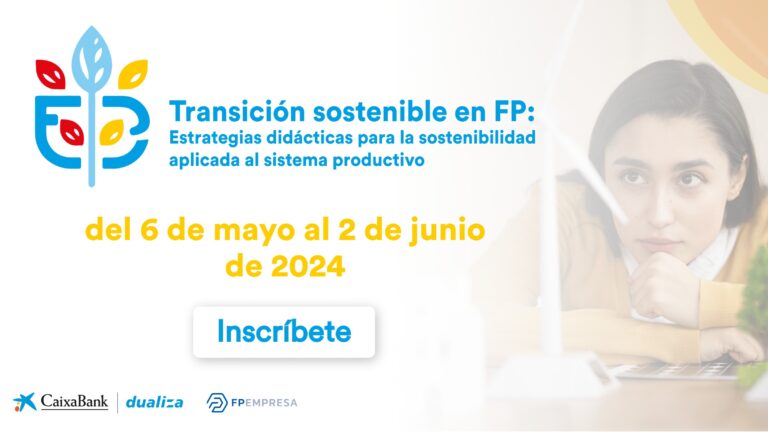
Desde Conecta13, en colaboración con Caixabank Dualiza y FPEmpresa, estamos emocionados de anunciar el inicio de nuestro último MOOC dedicado a la Sostenibilidad en el sector productivo. Este curso está diseñado específicamente para docentes de Formación Profesional interesados en conocer la aplicación de este nuevo módulo de FP, centrado en desarrollar prácticas sostenibles en la educación y en las industrias a las que sirven.
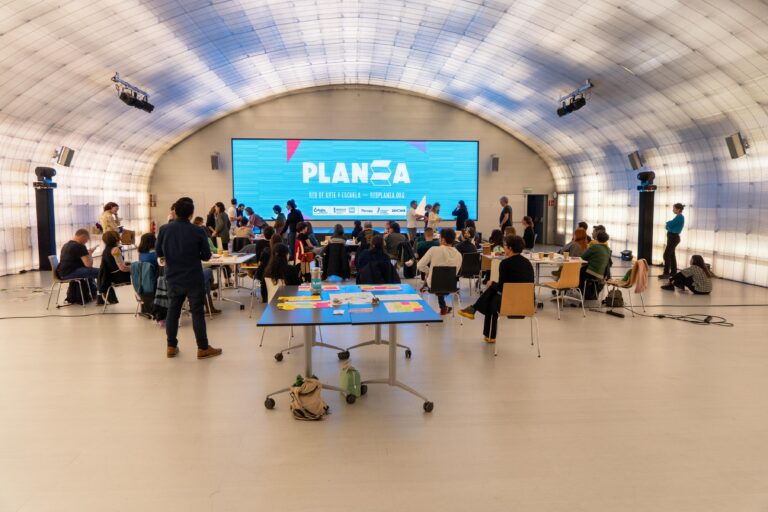
La Red PLANEA, iniciativa de la Fundación Daniel y Nina Carasso, celebró los días 17 y 18 de febrero de 2024 el Encuentro Estatal en

El próximo mes de diciembre cumpliremos 12 años de aventuras profesionales y personales en Conecta13. La mayor parte de este tiempo la hemos pasado en
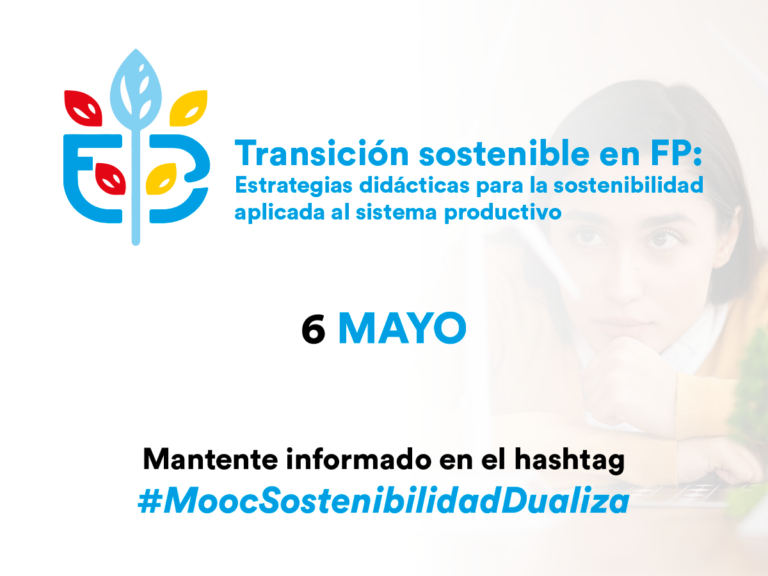
En un mundo en constante evolución, la educación en Formación Profesional (FP) se enfrenta al desafío de preparar a los estudiantes para las demandas de
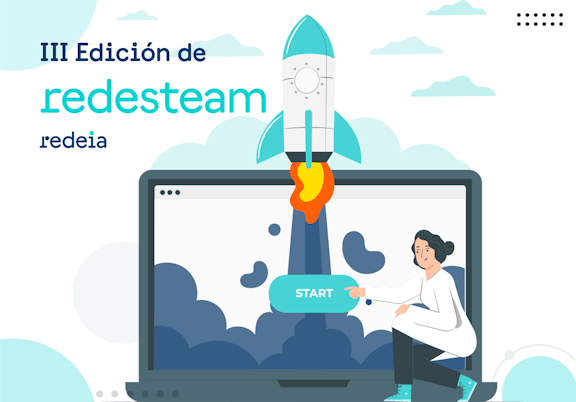
Te alegrará saber que estamos ya en plena tercera edición del concurso redeSTEAM en la que puedes participar y ganar premios. Una nueva oportunidad para